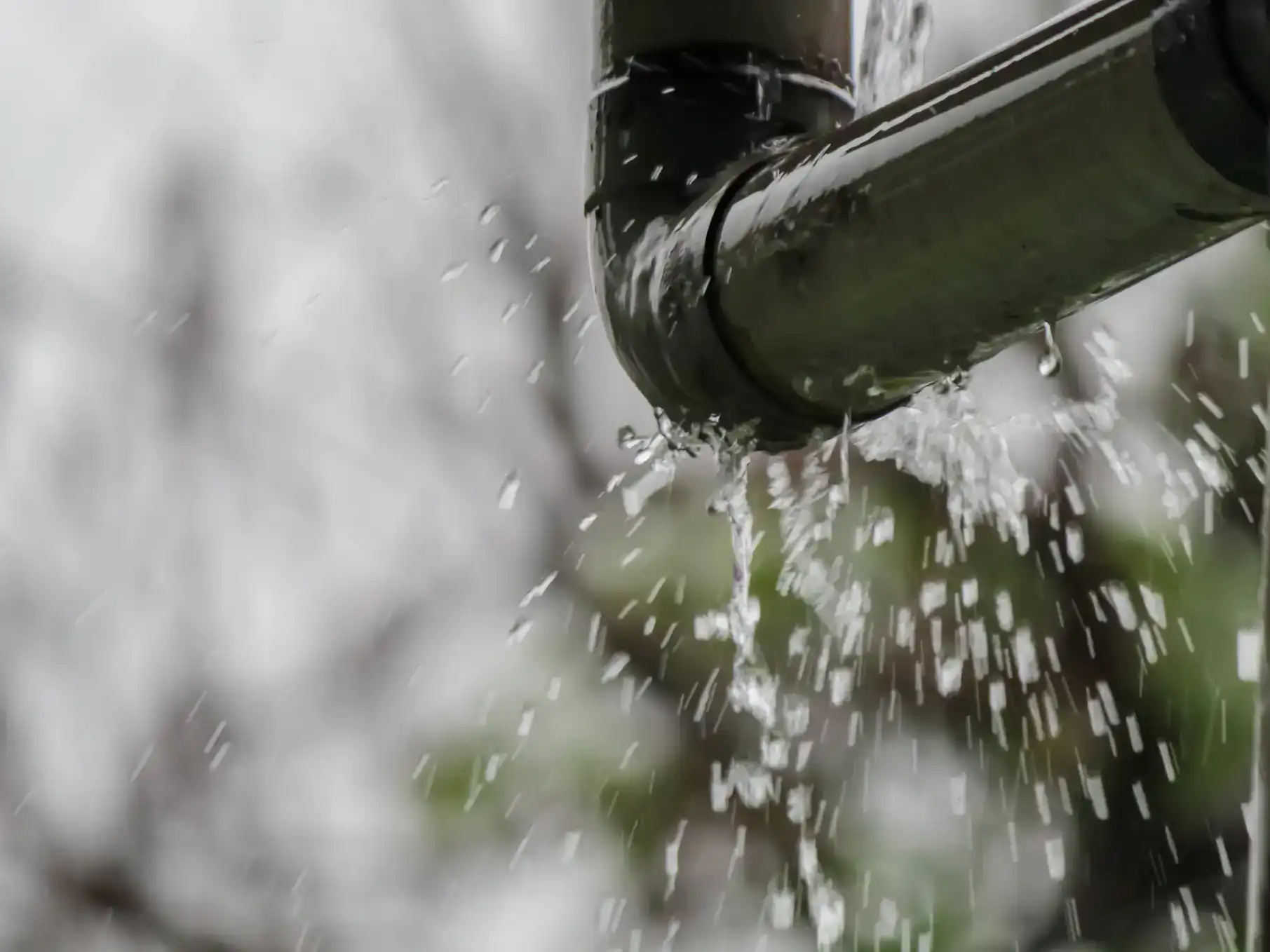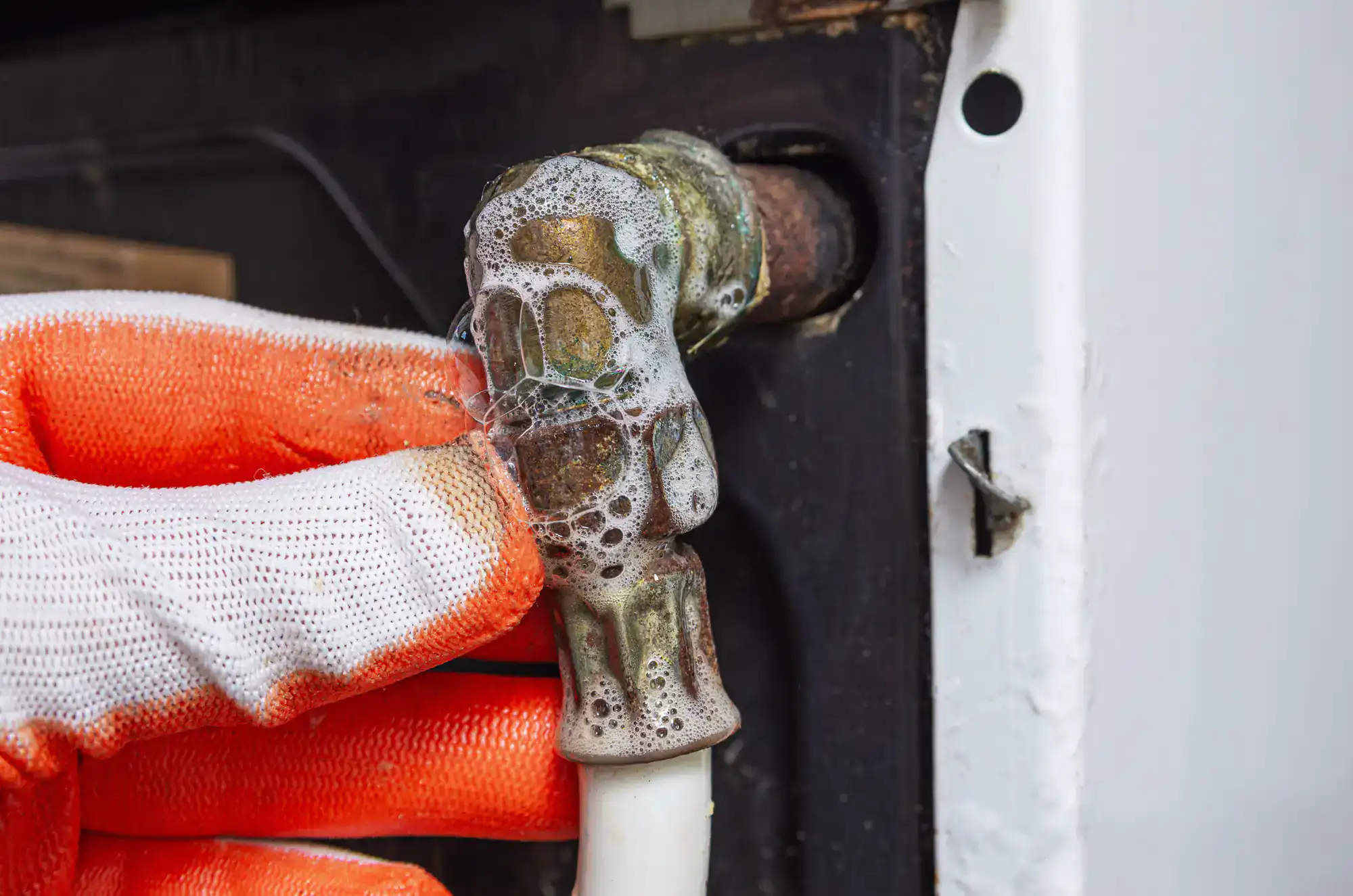
Our Reviews

That mysterious spike in your water bill? It’s probably not your teenager’s long showers. Hidden leaks waste nearly 10,000 gallons annually in the average home, and in Kenilworth’s historic properties, aging pipes make the problem worse.
When we find and fix these leaks, your bills return to normal. Your foundation stays solid instead of slowly undermining from constant moisture. Your basement air stays fresh instead of developing that musty smell that warns of bigger problems ahead.
Most importantly, you avoid joining the 14,000 Americans who deal with water damage every day, many facing repair bills averaging $15,400 or more.
All Rooter Hydro Jetting Experts Inc. has been solving Chicago-area plumbing problems for years, and Kenilworth’s unique housing stock requires specific expertise. Your 1920s home has different challenges than a new subdivision build.
We’re licensed, bonded, and insured because this work matters. With water damage claims up 17% in the Chicago area this year, you need professionals who understand both the technology and the local conditions that cause problems. Kenilworth’s freeze-thaw cycles, combined with aging infrastructure, create perfect conditions for leaks that traditional methods miss.
We use advanced thermal imaging and acoustic detection because guessing where your leak might be isn’t good enough when your property is on the line.

We start by listening to your concerns and examining the obvious signs, but we don’t stop there. Most leak detection fails because technicians only look in the obvious places.
Our thermal imaging cameras detect temperature variations that reveal moisture behind walls, under floors, and in underground pipes. These aren’t the handheld units you might see at hardware stores – we use professional-grade equipment that achieves 90-95% accuracy in the hands of trained technicians. The acoustic detection equipment listens for the specific sound signatures of escaping water, often pinpointing leaks within centimeters.
You get a clear report showing exactly where the problem is located, how extensive it might be, and what your repair options look like. No surprises, no unnecessary excavation, no guesswork about whether you’re fixing the right problem.

Ready to get started?
Leak detection in walls uses thermal imaging to spot temperature differences that indicate moisture problems. Underground water leak detection combines acoustic listening with ground-penetrating techniques to locate problems beneath driveways, sidewalks, and landscaping without excavation. Underfloor water leak detection is particularly important in Kenilworth’s finished basements and multi-story homes where water travels before becoming visible.
Kenilworth’s housing presents specific challenges. Many homes were built when plumbing standards were different, and decades of ground settling, tree root growth, and seasonal temperature changes create stress points in your system. We’ve seen supply line leaks that went undetected for months because the water was migrating through soil before surfacing blocks away from the actual problem.
Our equipment handles everything from pinhole leaks in copper supply lines to more significant problems with main water services. Whether it’s a slow drip that’s been driving up your bills or an active leak threatening your foundation, we locate it accurately the first time.

Professional thermal imaging achieves 90-95% accuracy when operated by experienced technicians who understand building construction. In Kenilworth’s older homes, this technology is particularly valuable because it lets us detect moisture problems without disturbing original architectural features or opening up walls unnecessarily.
The cameras detect temperature variations caused by moisture, which appear as distinct heat signatures. Hot water leaks create the strongest signals, but we can also detect cold water leaks when they cause temperature changes through evaporation or material cooling. The key is knowing how to interpret what we’re seeing and distinguishing between normal temperature variations and actual moisture intrusion.
In homes built in the 1920s and earlier, thermal imaging often reveals problems that wouldn’t be found any other way, especially in areas where traditional plumbing access is limited or where pipes run through original masonry work.
Yes, we use acoustic leak detection equipment specifically designed for underground water leak detection. These devices can detect the sound of water escaping from pressurized pipes even when they’re several feet underground and beneath concrete, asphalt, or established landscaping.
The acoustic equipment picks up vibrations and sound signatures created by escaping water. Different types of leaks create different acoustic patterns – a pinhole leak sounds different from a crack or joint failure. Our technicians are trained to interpret these sounds and pinpoint leak locations with remarkable precision, often within inches of the actual problem.
This approach is especially important for Kenilworth properties where mature landscaping and established hardscaping represent significant value. Once we’ve located the leak acoustically, any necessary excavation can be limited to the smallest area possible, preserving your property’s appearance and minimizing restoration costs.
Even small leaks compound quickly into serious problems. A single pinhole leak can waste 6,000-10,000 gallons annually, adding $100-$500 to your water bills according to EPA data. But the water waste is often the smallest part of the total cost.
Continuous moisture creates conditions for mold growth, which can begin within 24-48 hours in the right conditions. Foundation problems develop when water consistently undermines soil around your home’s base. Wood rot, drywall damage, and electrical issues follow when moisture reaches areas it shouldn’t be.
We’ve seen homeowners face repair bills ranging from $10,000 to $55,000 for damage that started with leaks they thought were “too small to worry about.” In Kenilworth’s older homes, where original materials and construction methods can be expensive to match and repair, early detection and repair almost always costs less than dealing with the consequences later.
Finished basements require specialized techniques because you can’t see the pipes and don’t want to damage flooring, walls, or ceilings to find problems. We use a combination of thermal imaging and acoustic detection to locate leaks behind finished surfaces without invasive exploration.
Thermal cameras can detect temperature changes in walls and floors that indicate moisture problems behind the finished surfaces. Acoustic equipment can detect the sound of water movement in pipes that run behind drywall or above drop ceilings. We also use moisture meters to confirm suspected problem areas before any opening of finished surfaces becomes necessary.
When we do need to access pipes for confirmation or repair, our detection methods let us identify the exact location, so any opening of walls or ceilings can be minimized to the smallest area possible. This approach preserves your finished space while ensuring we address the actual problem rather than guessing at locations.
Don’t wait for visible damage to appear – by then, the problem has usually been developing for weeks or months. Start by checking your water meter with all water sources turned off. If the meter continues to move, you have a leak somewhere in the system.
Look for subtle signs like unexplained increases in water bills, areas of landscaping that are unusually green or soft, musty odors in basements or crawl spaces, or the sound of running water when all fixtures are off. In Kenilworth’s older homes, pay attention to areas around original plumbing fixtures and anywhere pipes might run through exterior walls subject to temperature changes.
The most important step is having a professional assessment before the problem becomes visible. Hidden leaks cause exponentially more damage the longer they go undetected, and early detection almost always results in simpler, less expensive repairs than waiting until water damage becomes obvious.
We provide 24/7 emergency leak detection services and typically respond to urgent situations within hours. When you’re dealing with signs of an active leak or visible water intrusion, time becomes critical – water damage accelerates rapidly and becomes exponentially more expensive the longer it continues.
Our emergency response includes immediate assessment to determine the severity of the situation and rapid deployment of detection equipment to locate the source. We carry portable thermal imaging and acoustic detection equipment in our service vehicles, so we can begin the detection process as soon as we arrive on site.
Kenilworth’s seasonal weather patterns can cause pipes to fail unexpectedly, especially during freeze-thaw cycles or after heavy rains that put pressure on aging underground systems. Whether it’s a weekend, holiday, or middle of the night, we’re equipped to respond and help you minimize damage while accurately locating the source of the problem.